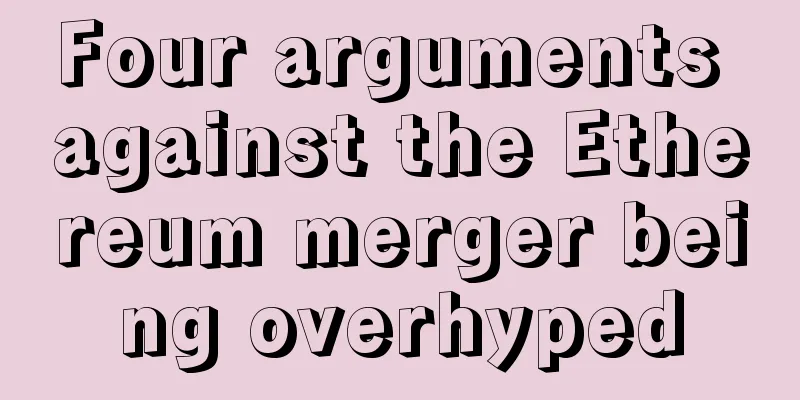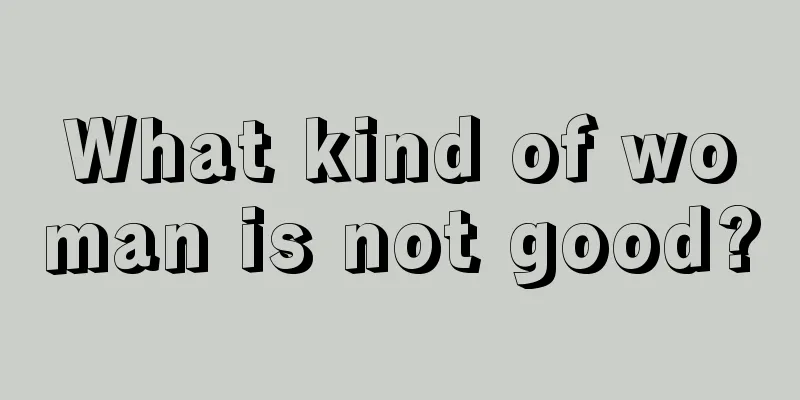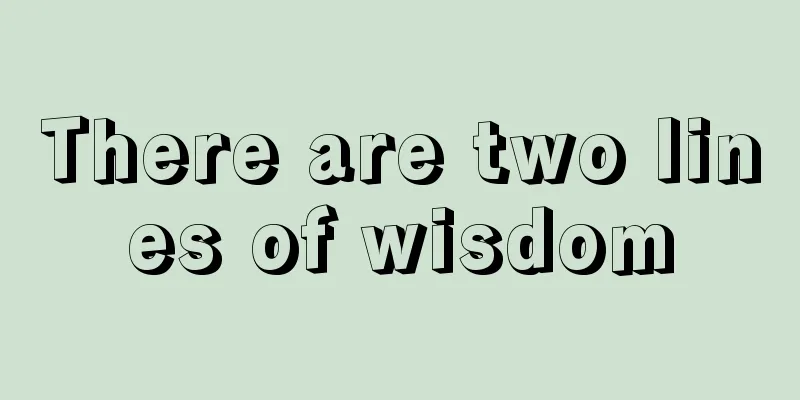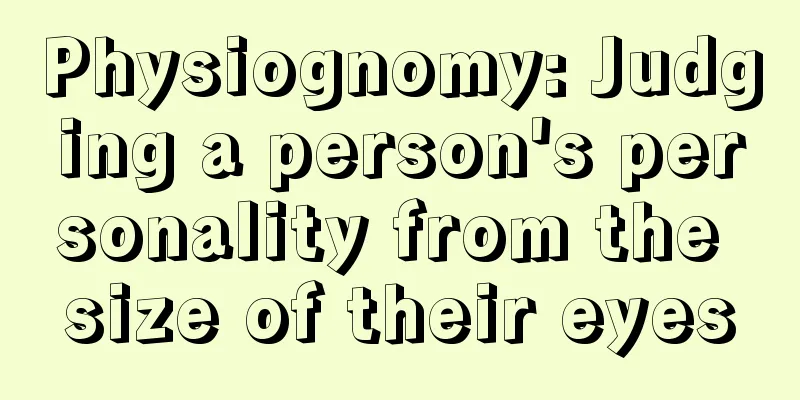Cryptocurrency wants to be mainstream? Anti-fraud is the only way
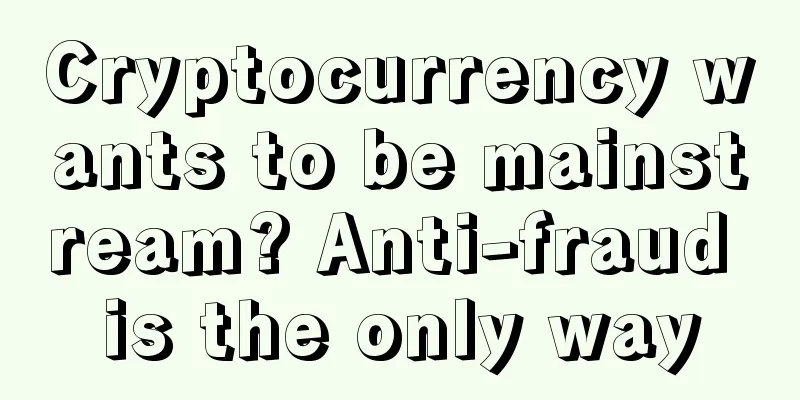
|
It’s easy to talk about the benefits of the digital economy, whether it’s the internet or digital assets, but its costs are often overlooked. Whether it’s a surge in human trafficking on social media platforms or an increase in cybersecurity breaches, the expansion of the digital economy has brought new risks to manage. The digital asset community is no exception, and in order to scale and become sustainable, it must confront widespread fraud. And it’s not hard: distributed ledger technology has already proven its value by solving concrete use cases. This week in Vienna, Austria, the Austrian National Bank co-hosted a conference on financial technology advances with the Center for Complexity Science and other sponsors, and many speakers examined value-added uses of blockchain technology. Thanks to the pioneering work of the FTC’s Consumer Vigilance Program, we now have basic statistics on fraud rates, fraudsters, and the countries with the worst violations. Using these complaint data, the FTC’s Michel Grosz and Devesh Raval showed that it is possible to identify countries with disproportionately high fraud rates based on the level of exports and to whom they are exported. We need this level of data and the processes to support its collection to make progress in the fight against fraud. Unfortunately, cryptocurrencies don’t have a great reputation in this regard. According to data released by the U.S. Federal Trade Commission (FTC), Bitcoin ATM (BTM) fraud reports amounted to $114 million in 2023, and the number of cryptocurrency scams has skyrocketed in recent years. Of course, we need to put these statistics in perspective: fiat currencies are still the currency of choice for fraud around the world, so we shouldn’t compare the worst cryptocurrencies to the best fiat currencies - it’s not an apples-to-apples comparison. Still, we should strive to establish the right incentives and processes in the digital asset ecosystem to combat fraud as much as possible. The Consumer Alert Network, a database created by the US Federal Trade Commission (FTC), tracks fraud complaints in each country. Sources: Consumer Alert Network and Fraud Across Borders, by US Federal Trade Commissioners Michel Grosz and Devesh Raval. Fortunately, a range of blockchain use cases are emerging to combat fraudulent activity. For example, the role of financial auditing helps ensure the integrity and transparency of organizations. Currently, auditors lack the ability to cross-check transactions between different organizations, a limitation that can lead to scandals involving millions of dollars in misreporting and cause many cryptocurrency audits to be more of a show than a show. To address this, new protocols leveraging blockchain are emerging, such as Cross-Ledger Consensus of Smart Contracts (CLOSC) and Cross-Ledger Consensus of Linear Combinations (CLOLC), which will enable auditors to more efficiently verify cross-ledger transactions with built-in privacy and security properties, such as transaction amount privacy and organization-auditor unlinkability. Again, take scalability, which is considered a necessity for institutional adoption. Layer 2 (L2) solutions such as rollups help solve L1 scalability issues by processing transactions outside the main blockchain and publishing the results back. However, a big issue is ensuring the security of these rollups, especially ensuring that the data published is accurate. A recent study proposed a "watchtower" system where independent actors (watchtowers) are rewarded for watching transactions and raising the alarm when something goes wrong. These watchtowers need to prove that they are diligent in their work through a system called "proof of diligence" to ensure that they are monitoring transactions correctly. They can also challenge false data, and if they find errors, they will be rewarded. The key part of the solution is not only the technology, but also designing sufficient incentives to prevent wrongdoing and promote an economy of trust. As the AFT conference in Vienna will show, there are many value-added cases in the blockchain ecosystem, but we need to do a better job of quantifying the benefits of actual use cases and amplifying the integral role they play in facilitating economic and social activity. In fact, one of the biggest use cases for blockchain technology is the ability to improve security and combat malicious actors, and it stems from cryptography. But we need to talk about and promote blockchain as a solution more seriously. |
<<: The Fed’s U-turn has begun, and BTC has risen and then fallen
>>: From Dogs, Hamster to Catizen, which project will be the next to land on Binance?
Recommend
Is it good to have a mole on the nose? What's the saying?
The meaning of each mole is actually different. So...
Do men with high brow bones never care about gossip?
There is a lot of gossip in life, and it is not e...
Analyze your personality by looking at the gaps between your fingers
Analyze your personality by looking at the gaps b...
How to deal with the scar on the man's conjugal palace and control his temper in his second marriage
It is everyone's wish to spend a wonderful li...
Yuelian responds to the national call and strives to promote national reading
Recently, the State Administration of Press, Publ...
Bitcoin miners: Bitcoin plummets, should we leave or stay?
In the first half of this year, although some min...
What is the fate of a woman with a mole on her forehead? The relationship between husband and wife is shallow.
What does a woman with a mole on her forehead loo...
The future of Bitcoin: It may not be what you think
Before we talk about Bitcoin, let me remind you o...
Test the secrets of your palm
Test the secrets of your palm Core Tip: Maybe you...
What is a mole of misery? The mole behind the neck is a mole of misery.
Mole of misery, what is a mole of misery, the one...
India's Bitcoin Google Search Index Hits Record High, Can It Be the Next China?
According to Google Trends search data, Bitcoin a...
Are people with thin lips and narrow chins very mean? How can lips reveal personality?
Different people have different personalities. Som...
Knowledge of Zhouyi Palmistry
I believe many people know that palmistry can pee...
Do people with lots of hair have a hard life? How to tell a person's character and destiny from the amount of hair on their head
As the old saying goes: You can tell your destiny...
Can a woman with light eyebrows bring good luck to her husband? She is quite lucky in bringing good luck to her husband.
We tend to have some opinions and evaluations abo...



